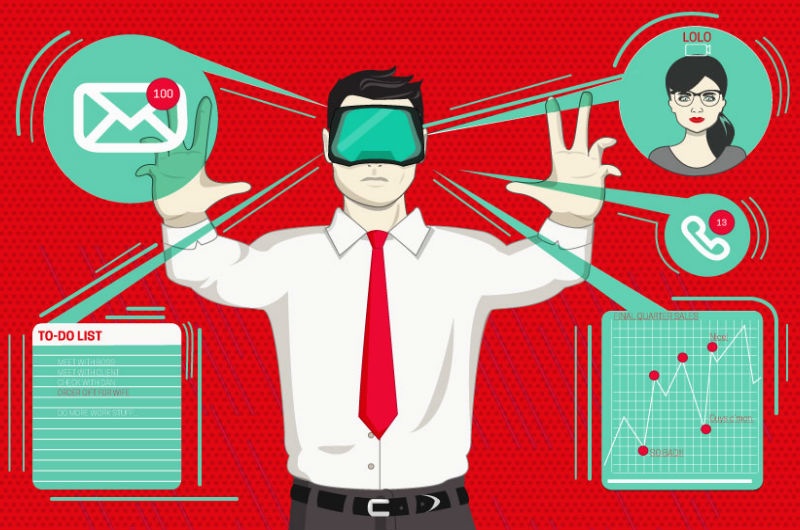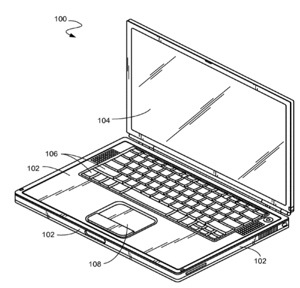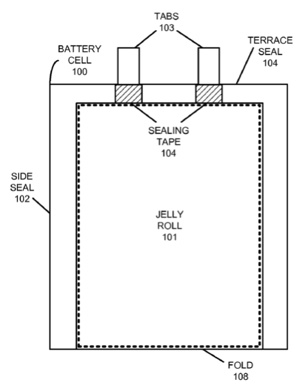Worldwide spending on augmented reality and virtual reality (AR/VR) is forecast to achieve a five-year compound annual growth rate (CAGR) of 71.6% over the 2017-2022 forecast period, according to new info from IDC (www.idc.com).
Spending on AR/VR products and services is forecast to reach $27 billion in 2018, a 92% increase year-over-year, adds the research group. New to the Guide are forecasts for all 20 standard IDC industries and the number of industry use cases increased from 28 to 39, including consumer, media, education and government. Finally, the Guide now provides a forecast for China (PRC) as its own region; it was formerly included within the Asia/Pacific region.
“IDC’s Worldwide Semiannual ARVR Spending Guide accounts for the latest technology developments, industry investments, and use case adoption in a comprehensive end user spending forecast product,” says Marcus Torchia, research director, Customer Insights & Analysis. “This release incorporates the impact of recent industry developments, such as ARKit and ARCore, as well as trending adoption of screenless viewers in early deployments.”
The consumer industry maintains its position as the largest source of spending for AR/VR products and services over the course of the forecast period, reaching $53 billion by 2022, followed by spending in the retail, discrete manufacturing, and transportation industries, representing $56 billion collectively by 2022. Virtual reality gaming continues to be the dominant AR/VR use case in 2018 with spend expected to reach $7 billion.
Over the course of the forecast period, retail showcasing represents the use case with the largest CAGR of 119.3%, followed by lab and field and film and television amusement. New use cases for 2018 include public infrastructure maintenance, as well as 360 degree educational video viewing (K-12).
Host devices represent the top technology category for 2018 with spending to reach $10 billion, followed by VR software at $5.7 billion in 2018. With 141.6% CAGR, AR viewers represent the top technology category over the forecast period followed by AR systems integration, and AR customer application development. The consumer sector maintains its leadership position in 2018 with spending forecast to be $14.2 billion, while the distribution and services sector is estimated to achieve a 34.4% CAGR over the forecast period with spend to reach nearly $72 billion by 2022. Manufacturing and resources follows, estimated to achieve 18.5% CAGR over the forecast period while public sector is forecast to reach $33.5 billion by 2022.
The graphic accompanying this article is courtesy of iamWire.





